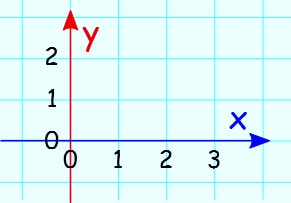
The modern scientific definition of the parabola is that it is that plane curve of the second order which is tangent to the line at infinity. If a similar construction were made in the case of the ellipse, the side of the rectangle would fall short of the latus rectum in the case of the hyperbola, would surpass it. This property constitutes the best practical definition of the parabola.

If now, on ZL as a base, we erect a rectangle equal in area to the square on KL, the other side of this rectangle may be precisely superposed upon the latus rectum, ZT. From it draw KL parallel to DE meeting the diameter in L. Now take any point whatever, as K, on the curve. This line ZT is called the latus rectum it is now also called the parameter. From Z draw ZT at right angles to ZH and in the plane of ZH and AB, of such a length as to make ZT: ZA: BG: A B. Then the line ZH is called by Apollonius the diameter of the parabola, or the principal diameter, or the diameter from generation it is now called the axis. Let Z be the point where this curve cuts AB. Let the cone be cut by a plane through DE parallel to AG, so that the intersection with the cone will be the curve called the parabola. Let DE be a line perpendicular to this triangle, cutting BG in H. Let ABG be the triangle through the axis of the cone.

The name is derived from the following property. A curve commonly defined as the intersection of a cone with a Plane parallel with its side.


 0 kommentar(er)
0 kommentar(er)
